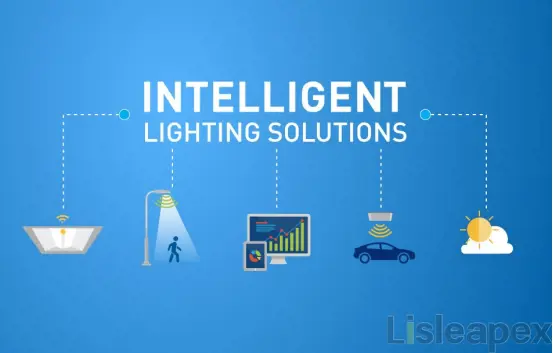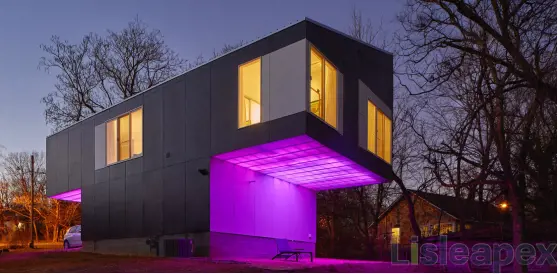Smart Lighting System Solution
19 Mar 2024
Solution Overview
The evolution of smart lighting systems towards automation and intelligence is gaining momentum, offering increased flexibility and precision in control. These systems integrate control and networking, providing significant practical significance. The smart lighting solution, based on IoT communication technology and wireless control terminals, enables intelligent lighting control in various settings such as municipal streetlights, parks, villas, residential buildings, and commercial structures. It encompasses functions including brightness adjustment, soft startup, scheduled switching, and scene control modes.

Application Effects
Automation Control
Support scene control modes allowing for various control setups such as scheduling, grouping, and delays. For instance, during celebratory events, multiple lighting circuits can be adjusted to achieve desired atmospheres. Different scenes can be pre-set with customizable fade-in/out times to regulate brightness smoothly.
Dynamic Lighting Effects
Utilize scene variations to enhance the artistic effects of lighting environments, creating a sense of depth and ambiance suited to the surroundings.
Extended Luminaire Lifespan
Employing soft startup control modes in the smart lighting solution mitigates cold-state impacts on luminaires, proven to extend bulb lifespan by 2-4 times, consequently reducing maintenance efforts.
Energy Efficiency
Automatically adjust light intensity based on sensor feedback or activity patterns, resulting in energy savings. For instance, in building or residential lighting, lights can be controlled based on occupancy, ensuring illumination only when needed, thus conserving energy.
Interconnected Control
Incorporate linkage control with other IoT systems as per specific application scenarios. For example, in parks or buildings, connect with Building Automation (BA) or fire safety systems to regulate lighting based on occupancy or emergency conditions, enabling comprehensive management and automated control of lighting systems.
Application Scenarios
City streetlights, park lighting, sports arenas, museums, festive events, building illumination, hotels, etc.

Application Value
- Lighting Control: Independent on/off control of lights or group control for unified management within specific areas.
- Scene Modes: Customize modes for different occasions such as gatherings, entertainment, away, or sleep modes in smart home settings.
- Delay Control: Customizable delay/timing control for lights, allowing for fixed-point, cyclic, weekly, or time-based scheduling.
- Interconnected Control: Link lighting with other facilities such as manual switches or door sensors to indicate status changes.
- Smart Dimming: Intelligent control of LED lights or light strips for color and brightness adjustments, widely applicable in stage or event ambiance control.
This comprehensive smart lighting solution offers tailored and versatile lighting control across various settings, enhancing user experience, energy efficiency, and system management.
Recommended Industry
-
Smart Lighting System Solution
The evolution of smart lighting systems towards automation and intelligence is gaining momentum, offering increased flexibility and precision in control. These systems integrate control and networking, providing significant practical significance. The smart lighting solution, based on IoT communication technology and wireless control terminals, enables intelligent lighting control in various settings such as municipal streetlights, parks, villas, residential buildings, and commercial structures.
Stay updated with Lisleapex by signing up for the newsletter


 Congratulations On Your Successful Submission
Congratulations On Your Successful Submission
 Submission Failure
Submission Failure